Affiliate links on Android Authority may earn us a commission. Learn more.
What is YouTube Music? How the music streaming service holds up in 2023
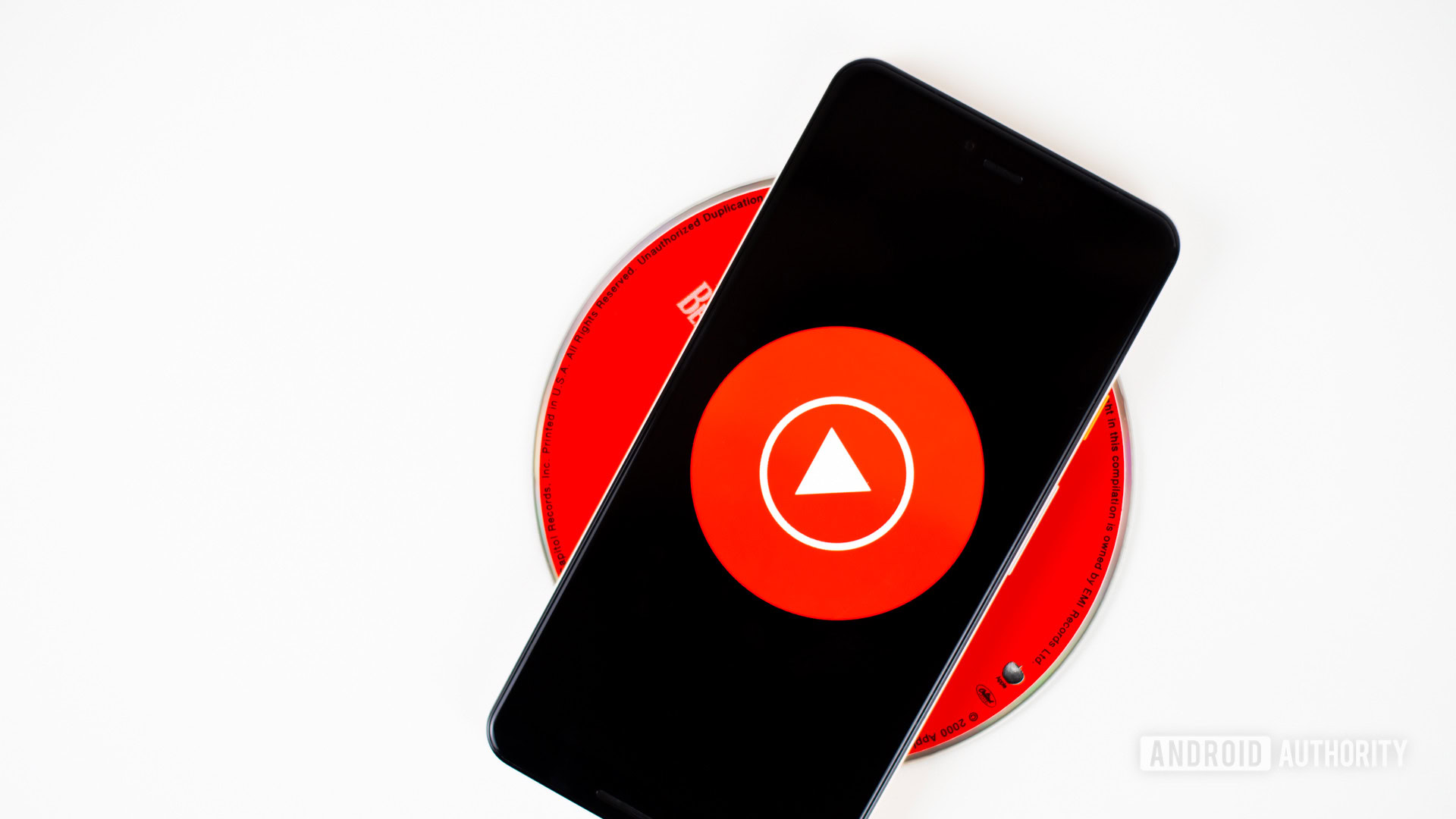
Google’s offering in the streaming music world is YouTube Music, which is the (somewhat) successor to Google Play Music. It’s one of many YouTube services that’s been around for about two years, but is it any good, and how does it stack up against the competition? Let’s find out by looking at what YouTube Music offers and whether it’s worth subscribing to.
What is YouTube Music?
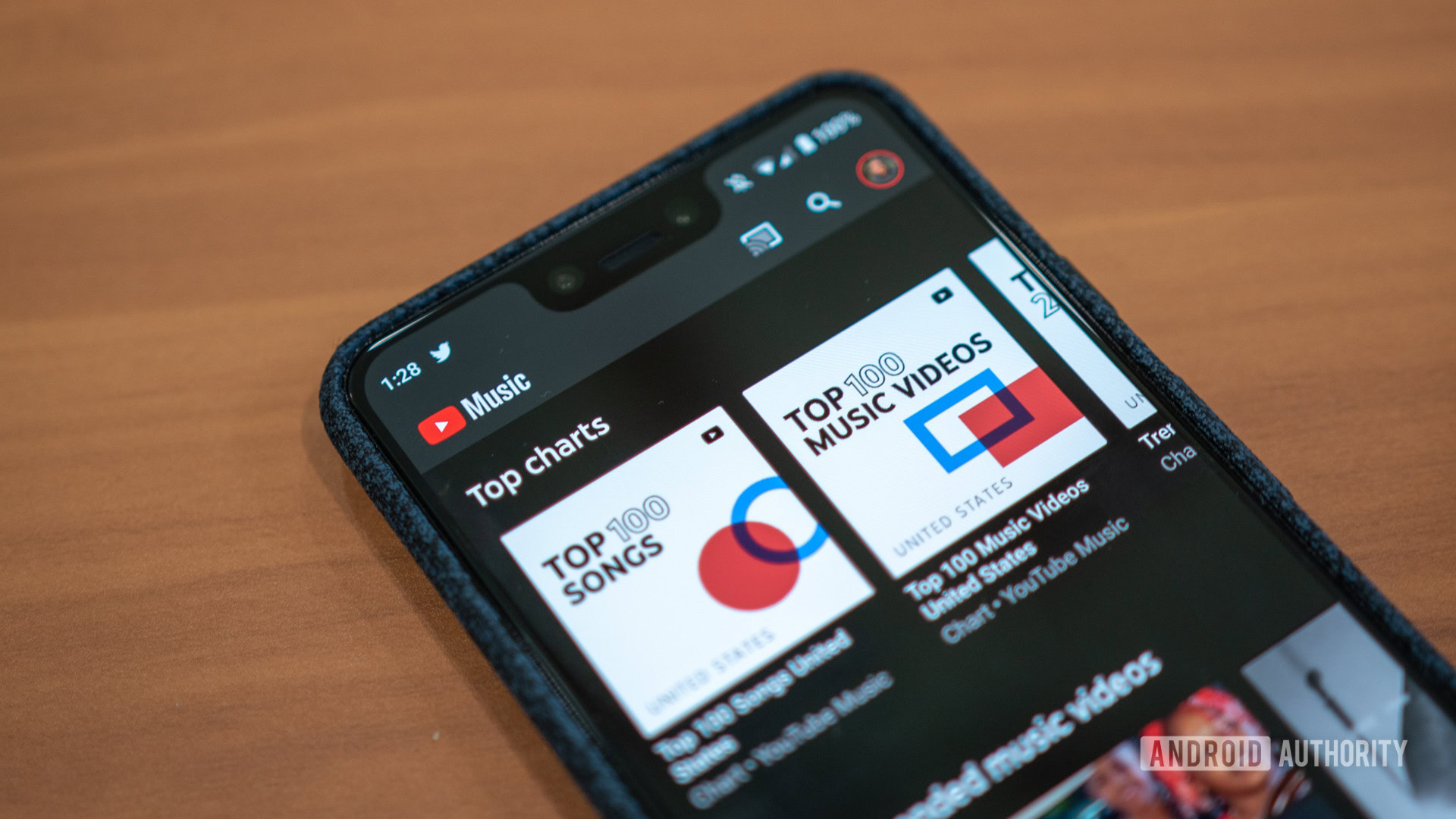
YouTube Music is an online music and video streaming service. It’s Google’s version of similar services from Spotify and Apple. You can use it on desktop and mobile devices. It does not directly contain podcasts, however. For that, you’ll need Google Podcasts. You do get access to videos, however. That includes music videos and recordings of live sessions or alternate versions, which you might be unable to locate elsewhere.
The music catalog is quite extensive, and you’ll be able to find plenty of obscure content here that you may not find elsewhere, including mixtapes, live recordings, one-offs, and more. There are currently over 80 million official tracks, according to Google. That’s comparable to Spotify, which also claims 80 million, and Amazon Music, which claims 90 million. The difference between these, however, is that many of the offerings on YouTube Music can’t be found elsewhere.
Combined, YouTube Music and YouTube Premium have 50 million subscribers.
Spotify remains one of the most popular streaming platforms worldwide, with 188 million subscribers. Google claims that YouTube Music and YouTube Premium combined have 50 million subscribers, but it does not break down that number for each service.
You can browse through artists, genres, or songs. And recommendations based on your listening habits are available if you want to discover new music. You can also upload your own tracks from your PC to YouTube Music.
Basic access to YouTube Music is free, with a few different levels of paid subscriptions. YouTube Music Premium offers a significant upgrade because the free version does not allow background play with your mobile device’s screen off or when using other apps. Additionally, if you buy YouTube Premium at just $2 more than the $9.99 YouTube Music Premium price, you get all those benefits along with ad-free YouTube videos.
Is YouTube Music free?
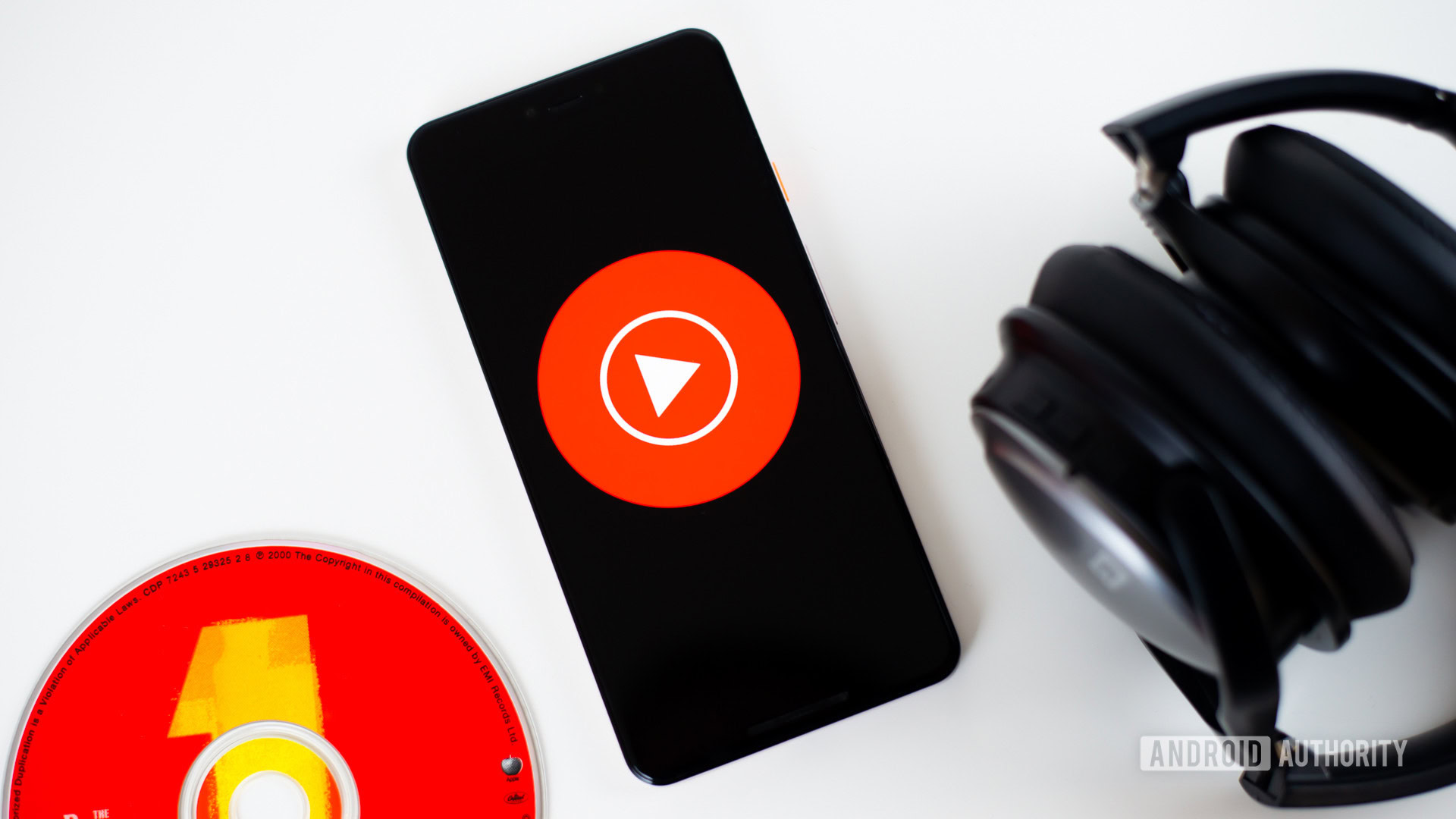
The most basic level of access to YouTube Music is free. You can stream music, make playlists, watch videos, and get recommendations at this level. You can take a look at song lyrics and skip tracks as well.
The free access level is ad-supported. You cannot turn off the screen or use other apps simultaneously on a mobile device. You also can’t download music to your device for offline listening.
In comparison, Spotify’s free plan allows background play, but you get just six skips per hour and can access content only in shuffle mode. Amazon Music Free is similar in this regard, and a further limitation is that you cannot browse the entire catalog.
Why upgrade to YouTube Music Premium?
Signing up for a YouTube Music Premium subscription gives you some notable upgrades:
- No more ads: The free access level has a lot of ads, but signing up for Premium removes them all.
- Background play: You can use other apps or turn off your mobile device’s screen, and your music will still play.
- Offline play: Save tracks to play offline.
- Higher-quality playback: Premium subscribers can take advantage of 256kpbs AAC streaming.
- Google Home and Chromecast Audio: If you have one of these products, you can use YouTube Music on them, too, with a Premium membership.
This may not seem like a long list of improvements over the free version, but removing ads is quite an upgrade. Still, the free version offers many features right out of the box.
A Premium subscription does not include lossless or Hi-Res streaming, and Google has indicated this likely won’t happen any time soon.

Expansive video options
Student rates available
How does YouTube Music work?
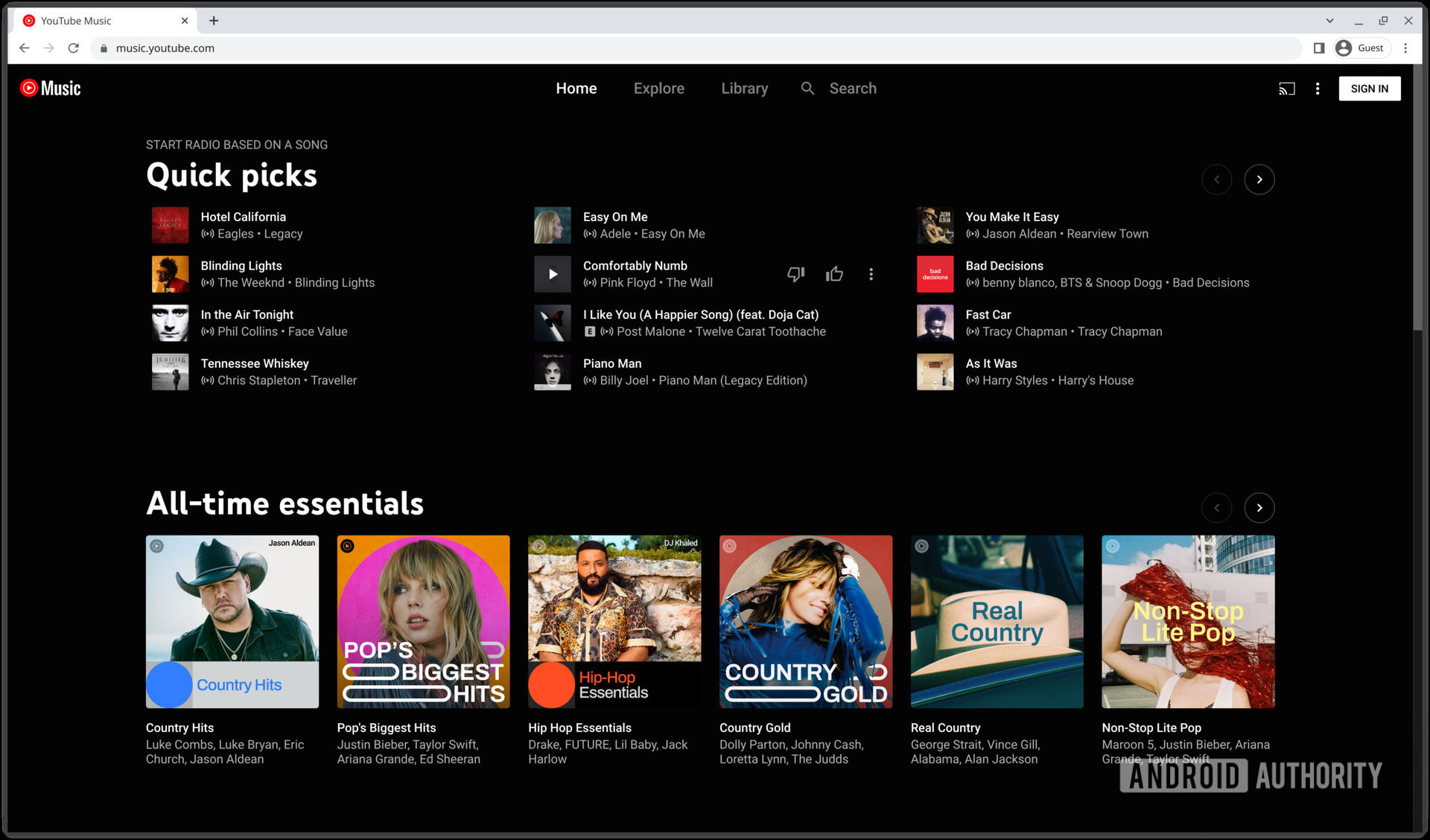
Like other streaming services, you’ll need an internet connection to use YouTube Music. You don’t need to make an account to use the free version on the desktop, but a paid subscription requires one. And if you want to maintain a library, that will also require an account for the free version. Before taking the plunge on a paid plan, you can sign up for a one-month trial and try everything out. If you don’t like it, cancel within that month.
- For the free version, download the app (iOS or Android) or open the YouTube Music website, and you can start listening or make a free account.
- To sign up for a Premium subscription, click on the three vertical dots on the webpage and select “Get Music Premium” or purchase a subscription through the app.
If you don’t want to use the mobile app, you can stick to the web player, but it won’t be quite the same experience. You might encounter a few issues, too, but thankfully, YouTube Music problems are easy to fix.
Discovering music and playlists
Using the webpage or app, you can explore quite a bit of what YouTube Music offers. Sifting through music based on genre, artists, popularity, albums, and other criteria is pretty straightforward.
My Supermix is an easy way to find new music, and it’s tailored to your listening habits with a mix of familiar and new tracks. There are also seven My Mix playlists, each focusing on different collections you might like based on genres and artists. New Releases in the Explore tab contain new music based on genres and artists, music videos, albums, and singles. Charts show you top songs and videos, artists, and trending content, and you can choose different countries to see what is popular across the globe. Furthermore, Moods & Genres lets you browse based on genres, moods, and events like party music or workout songs.
As you listen, the recommendations algorithm will become more polished. You can use the Start radio function when playing any track to get a curated selection of songs related to the one currently playing, which is an easy way to find new tunes.
You can make your playlists if you find the automatically generated ones lacking. In the app, head to Library > Playlists and then tap New Playlist to create one. You can give it a name and add some tunes but don’t worry about filling it up; you can always go back later and add more. You may wish to make your playlists public, which lets other people find them, or keep them private.
After listening to some music, YouTube Music can get quite good at offering tunes you’ll probably enjoy. And if you want to take a peek at playlists created by others, search for a song, genre, album, or artist, and then take a look under Community playlists.
How much is YouTube Music Premium?
Ad-supported YouTube Music is totally free, but you can select from a few different subscription plans for Premium:
- Individual: A single-user plan is $9.99 / £9.99 / €9.99 monthly. You can also snag an annual plan for $99.99.
- Family: Up to six family members (aged 13 and above) total can all use one Family account for $14.99 / £14.99 / €14.99 per month.
- Student: Eligible students can sign up for Premium for $4.99 / £4.99 / €4.99 monthly.
If you sign up for YouTube Premium at $11.99 (£11.99, €11.99) USD monthly, you get YouTube Music Premium and all the same features. Plus, your YouTube videos won’t have any more ads, either.
Is YouTube Music available in my country?
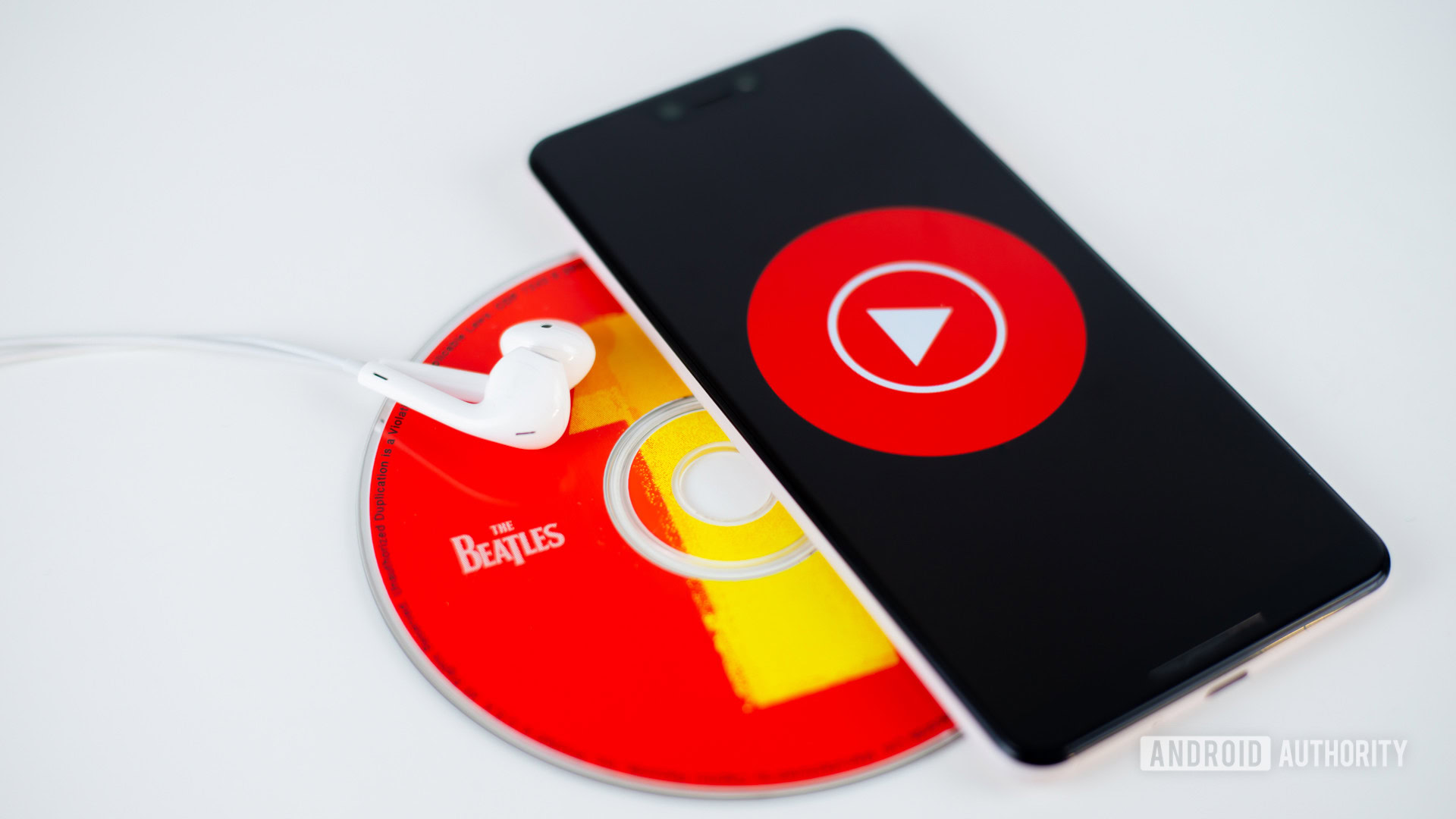
YouTube Music is available in around 95 countries and territories. The service is available in the US, Canada, Australia, and most of Europe but can’t be accessed in Russia, China, and several other countries — see the complete list here.
If you travel, you can access your catalog for up to six months on a mobile device, while downloaded content will remain accessible for up to 30 days. You can even browse your home country’s catalog, even in countries where YouTube Music is unavailable. Furthermore, paid membership benefits, like ad-free listening and background play, will only be accessible with the mobile or Wear OS app.
If you cannot use YouTube Music where you live, don’t worry; there might be available alternatives.
YouTube Music alternatives
YouTube Music is not the only streaming option available. Many others are available to choose from, and some offer more features or a different approach to streaming.
Here are a few you can try out and some reasons why they might be a better fit.
Spotify
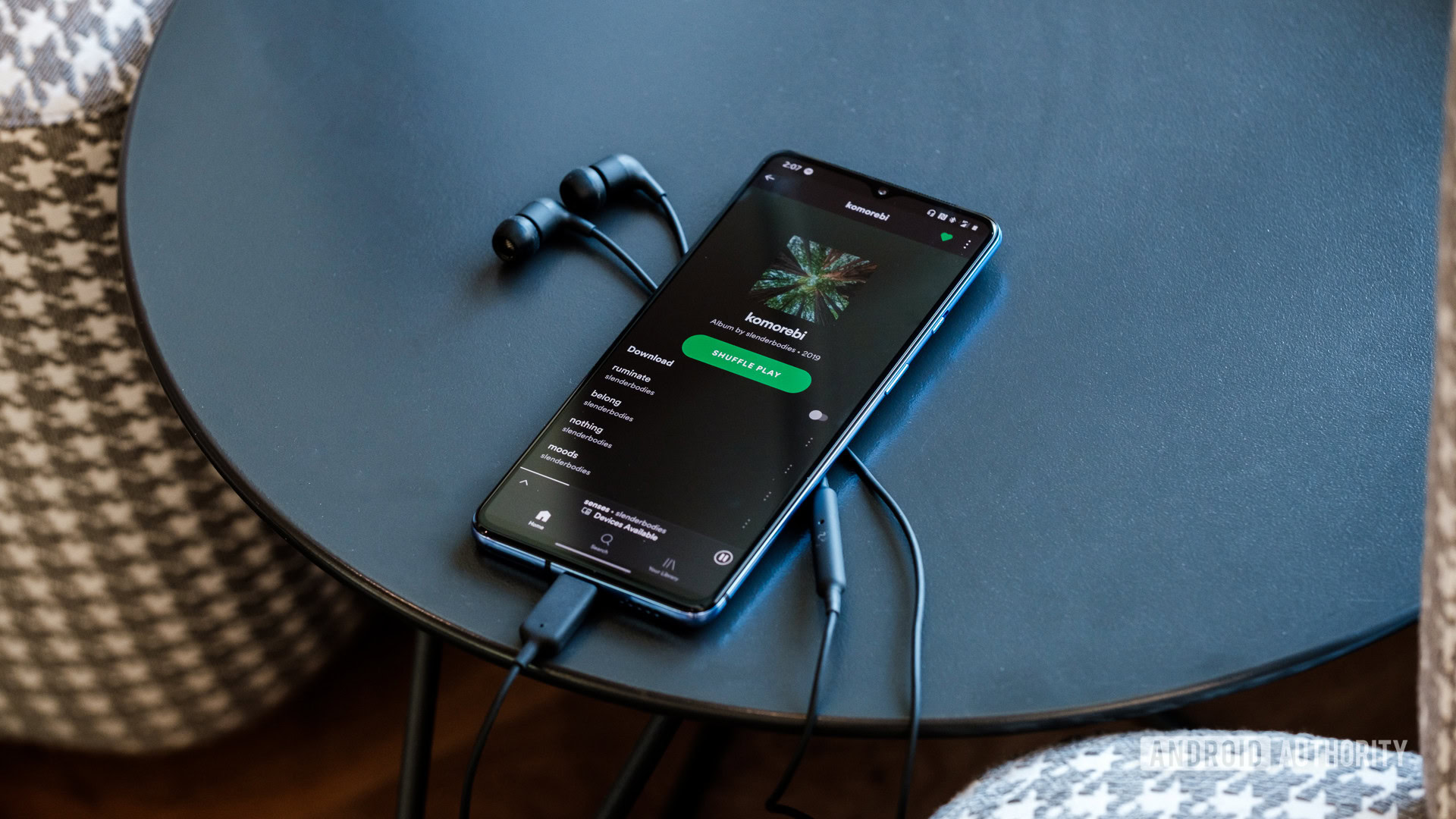
Spotify is one of the biggest names in music streaming. You can browse a massive catalog of content that includes both music and podcasts. Plus, users in the United States can snag a discounted ad-supported Hulu subscription, to boot.
Spotify is around the same price as YouTube Music Premium. An individual account costs $9.99 monthly, and a two-person subscription costs $12.99. A family plan costs $15.99 per month, and a student plan costs $4.99 per month.
There is no higher-quality streaming option yet available on Spotify. It was supposed to launch in 2021, but so far, it has not.
Apple Music
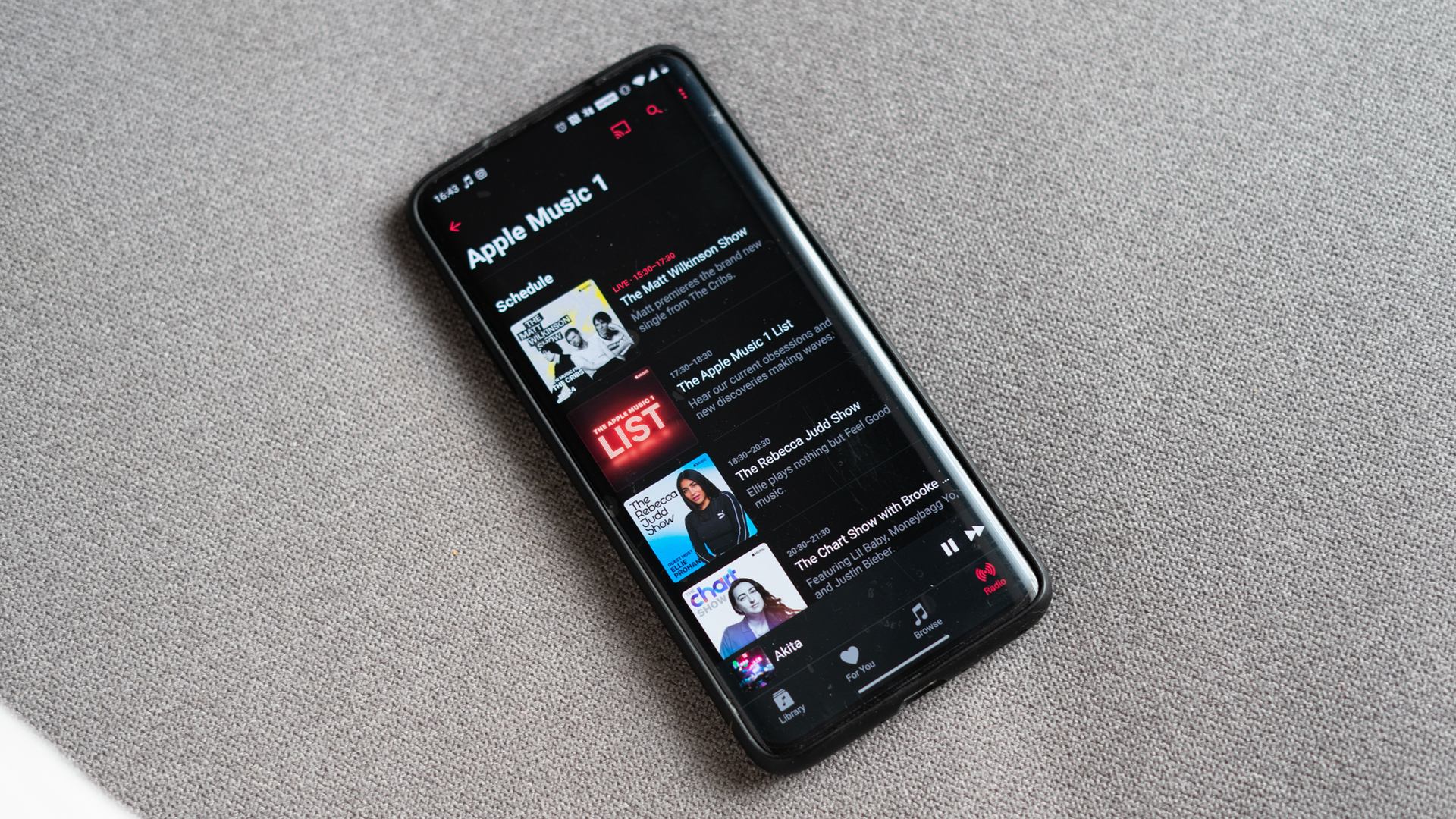
Apple Music is another big name in streaming. The free tier is more limited than YouTube, but the Premium plan has over 50 million songs, podcasts, and the ability to use iCloud integration.
An individual Apple Music paid account is $9.99 monthly, while the family plan is $14.99. That’s the same as YouTube Music, but if you sign up for Apple One, you’ll get Apple TV Plus, iCloud, Apple Arcade, and more for $14.95 monthly. A more limited version called Voice is $4.99 per month. You can peruse the full library, but some features, including downloads or multiple device access, will be missing.
You can stream in 16-bit and 24-bit quality settings, but the latter will require an external digital-to-analog converter (DAC).
Qobuz
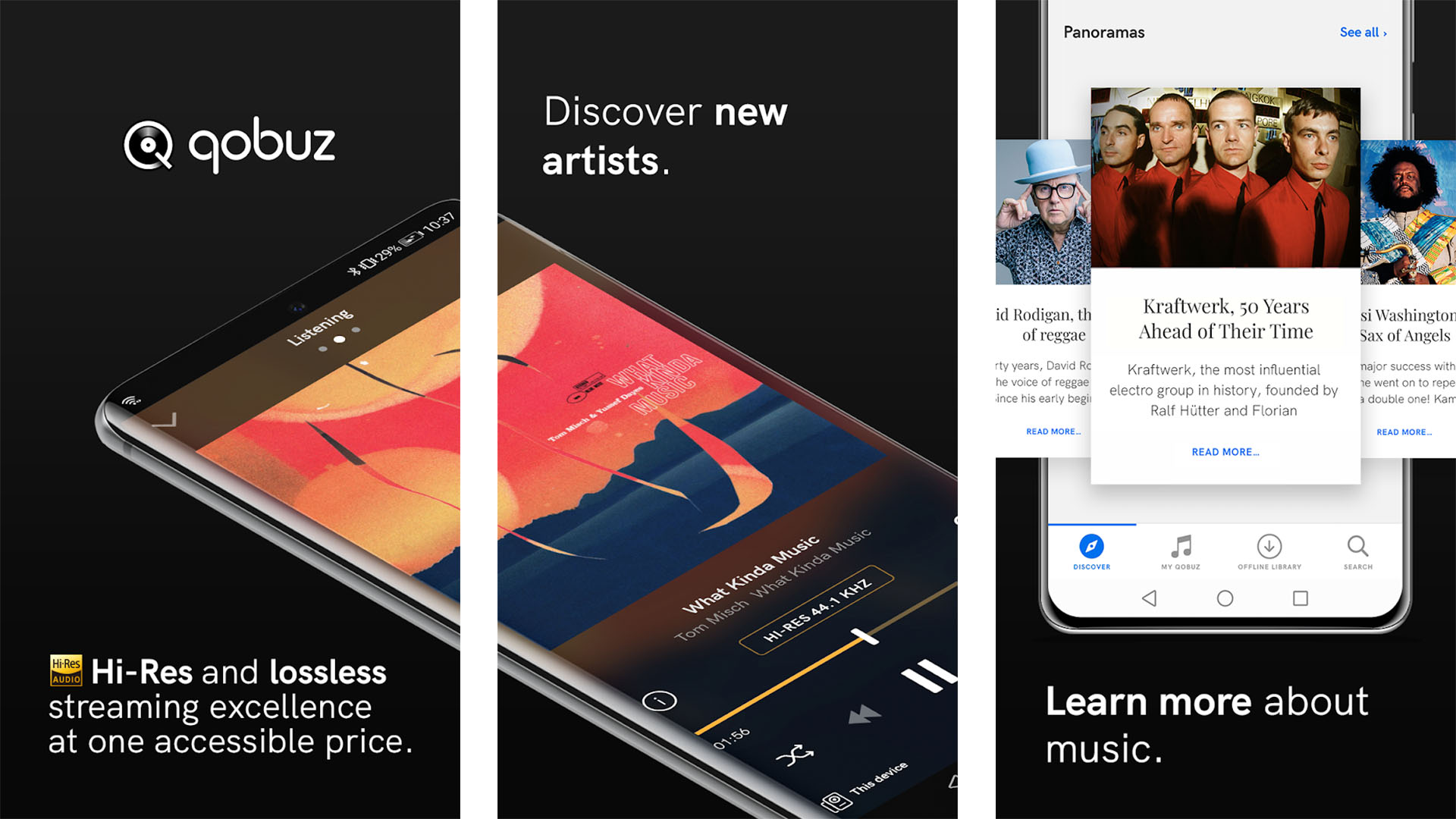
Qobuz is focused on streaming quality, which means every subscription gives you access to lossless streaming. While the catalog is large, some of your preferences might be missing. There is no free subscription, but you can purchase content from the Qobuz store without one.
A single-user Studio subscription costs $12.99 per month or $129.99 annually. A two-person account is $17.99 per month or $179.88 annually. You’ll get access to the full catalog, offline listening, and editorial content.
A single-user Sublime subscription is $179.99 per year with the same features and up to 60% off on purchases from the store. The two-person version of this level is $179.88 annually or $17.99 per month. Qobuz family plans are $17.99 monthly and support up to six users on the same account.
TIDAL

TIDAL also focuses on quality, with options to sign up for HiFi or HiFi Plus. There is also video content, including music videos, live shows, and documentaries; some can only be found on TIDAL.
An individual HiFI plan is $9.99 monthly with access to 16-bit tracks. The family HiFi plan is $14.99 monthly for up to six people to use at once. HiFi Plus is $19.99 monthly and has access to 24-bit tracks and support for Dolby Atmos and Sony 360 Reality Audio. A family HiFi Plus plan is $29.99 per month. You can get discounts if you are a student, in the military, or a first responder.
Deezer
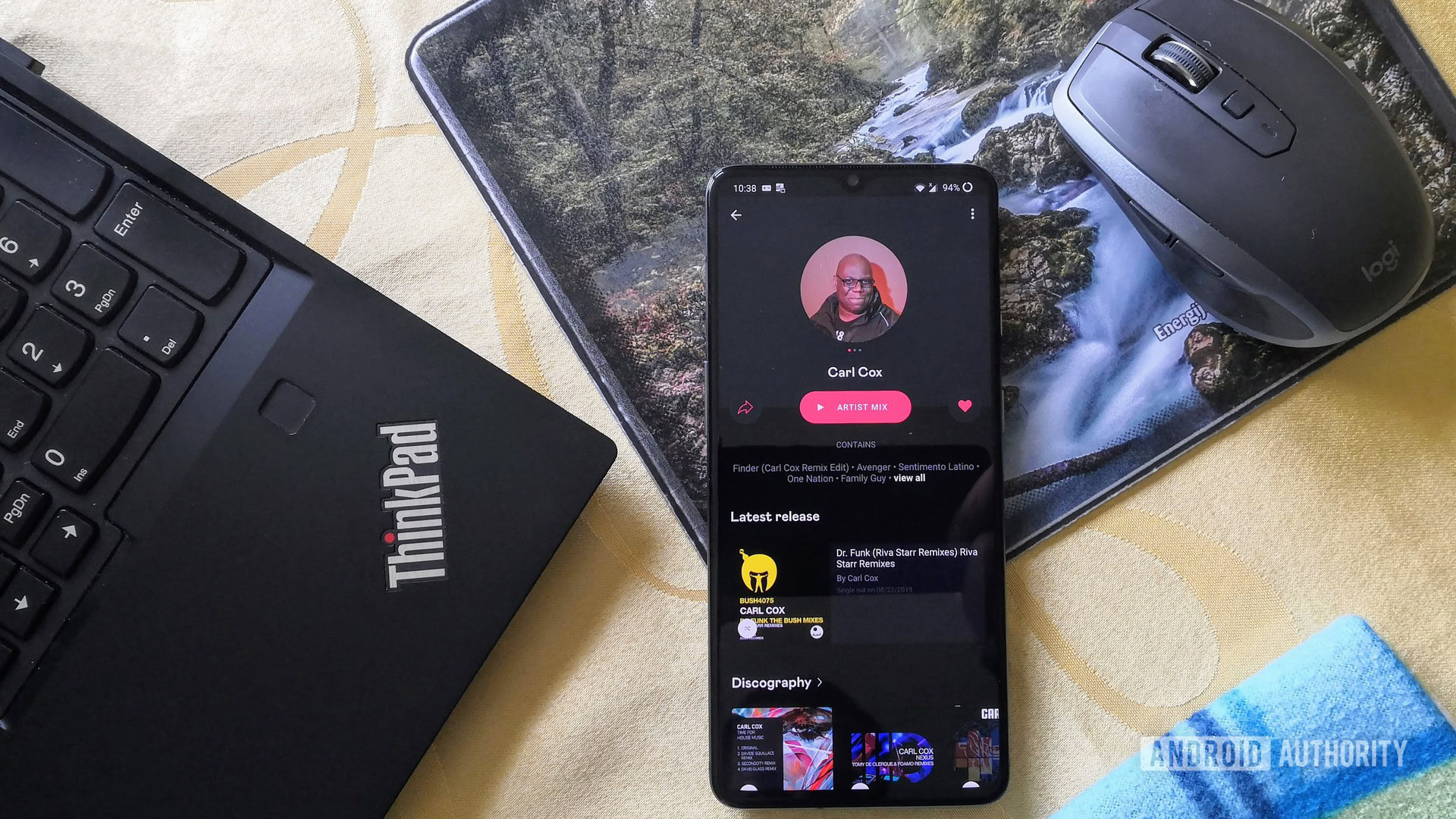
Deezer might not have the brand recognition of YouTube or Spotify, but it still has a large content catalog and some handy features. In particular, a Shazam-like feature called SongCatcher lets you find out what music is playing around you and add it to your library.
Deezer Premium is $9.99 per month and has access for one person on up to three devices, ad-free playback, unlimited skips, and 16-bit, CD-quality tracks available. If you sign up for an annual plan, you can get 25% off the price. The family plan is $14.99 per month and has the same features for up to six people on the same account across a maximum of 13 devices, plus the ability to create child-specific profiles. Students can get up to 50% off with the available discount.
Frequently asked questions about YouTube Music
YouTube Music offers a free subscription, and it is pretty feature-packed, but there are lots of ads, and you cannot listen to content in the background or switch to other apps when on a mobile device.
You can sign up for YouTube Music Premium for a single-user plan at $9.99 / £9.99 / €9.99 per month. You can also snag an annual plan for $99.99. Up to six family members (aged 13 and above) total can all use one Family account for $14.99 / £14.99 / €14.99 per month. Eligible students can sign up for Premium for $4.99 / £4.99 / €4.99 monthly.
If you sign up for YouTube Premium at $11.99 / £11.99 / €11.99 per month, you get YouTube Music Premium, too. Furthermore, YouTube videos you watch won’t have ads, either.
YouTube Music Premium offers some upgrades over the free version. These include ad-free listening, listening with your device’s screen off or when using other apps, offline play, 256kbps streaming quality, and Google Home and Chromecast Audio support.
Yes, lyrics are available, but not for every song.
Yes, a Premium subscription lets you save songs to listen to later offline.
No, YouTube Music Premium does not offer lossless or Hi-Res tracks.
Yes, Google Home and Chromecast Audio owners with a Premium subscription can cast to these devices. And in the app, you can tap the Cast icon to search for other compatible devices.
They aren’t the same thing, but they are related. YouTube Premium is a separate subscription, and though it costs $2 more than YouTube Music Premium, it gives you ad-free access to YouTube videos plus access to YouTube Music Premium. If you purchase only a YouTube Music Premium subscription alone, that’s not the case.
That depends on what you want. Neither service offers Hi-Res streaming, but they have large catalogs and plenty of new music to discover. Spotify also has podcasts, however, which might be a big draw for you. On the other hand, YouTube Music has music videos and many obscure tracks or one-offs you may not find elsewhere.